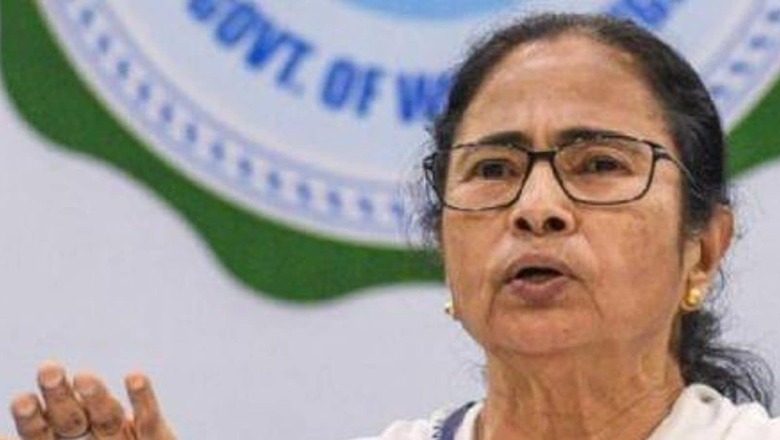
views
The scent of election 2024 wafts through the air, largely inspired by Mamata Banerjee. The Trinamool Congress (TMC) president and West Bengal chief minister scurries across the country, endeavouring to regroup an essentially disparate Opposition before the next Lok Sabha polls. While Mamata brushed aside queries of who would be the spearhead of the envisaged pincer attack on the BJP/NDA, it’s apparent her exertions are not intended to help catapult another leader to prominence. Mamata has positioned herself, front and centre, on the national podium.
Her ambitions were manifested on December 1. After calling on the Nationalist Congress Party (NCP) chief, Sharad Pawar, she pronounced the end of the UPA big-tent coalition led by the Congress since 2004. She assailed Rahul Gandhi for his foreign trips. The barb will not be taken too kindly by Sonia Gandhi and effectively closes the chance of a rapprochement between the TMC and the Congress. Mamata’s remark carried a back story: every time she reached out to the Gandhis, through Sonia, Adhir Ranjan Chowdhury, the West Bengal Congress president, launched a diatribe against her. TMC sources were convinced that Chowdhury would not have done it without Rahul’s tacit go-ahead.
How Have Regional Parties Fared in Polls?
At the heart of Mamata Banerjee’s pronouncement lies a more fundamental issue for the Opposition: are the regional parties, unattached yet to the BJP and the Congress, potent enough to coalesce independently into a grouping? So far, the regional entities thrived mainly when one national pole—the Congress or the BJP—looked wobbly and the other sufficiently healthy to offer itself as a gravitational force without threatening the survival of the smaller parties. This circumstance prevailed in 1996, when the United Front alliance came into being and formed a government at the Centre with the Congress’s external support. The project was a disaster.
It underscored the futility of the larger party, the Congress, dictating terms and conditions to the state parties from a secure perch that ensured it ran the government by proxy without investing deeper stakes in its longevity. The United Front unravelled in two years but the regional parties were not undermined by the Congress’s shenanigans. The share of votes they won in 1996 was a record-breaking 50 per cent that dipped marginally to 48 per cent in 1998, according to political economy researcher Milan Vaishnav (“The Complicated Rise of India’s Regional Parties”, November 2013). The 2004 elections, which witnessed the Congress’s comeback, created a space with a 51 per cent vote share for the regional parties which enabled the formation of the United Progressive Alliance or the UPA. In 2009, this slice peaked to 52.6 per cent as the Congress improved on its previous showing and the BJP hit a low. It was the heyday of the federal parties.
The year 2014 marked the ascendancy of the BJP but the regional parties held on to a vote share of 48.6 per cent on a par with the level of support they garnered in 1998 and 1999. The Congress’s vote share dipped to roughly 20 per cent. However, in 2019, the BJP’s enhanced performance came largely at the expense of the regional parties whose vote share went down to 43.2 per cent while that of the Congress remained at nearly 20 per cent.
The state parties are not homogenous: some are part of the National Democratic Alliance (NDA) coalition, a few latched on to the UPA while the more successful ones like the Biju Janata Dal (BJD), the YSR Congress Party led by YS Jagan Mohan Reddy and until recently, the Telangana Rashtra Samithi (TRS), orbit around the BJP out of political expediency.
Mamata Banerjee and Sharad Pawar have a point when they separately stressed the need to work hard, although the Congress might interpret their message as virtue signalling. The question is, if eventually a federal front discards the Congress and fights the next Lok Sabha polls on its own, how will it draw the bench strength to inspire credibility and position itself as a viable alternative to the BJP?
ALSO READ | How Mamata, Arvind Kejriwal Score Over Rahul Gandhi to Become Modi’s Challengers for 2024
The Tyranny of Geography
Geography and, at times, nativism, have straitjacketed the regional parties and inhibited their larger aspirations, Uttar Pradesh’s parties being an exception. The Samajwadi Party (SP) and the Bahujan Samaj Party (BSP), through their highs and lows, rarely concealed their national ambitions largely by virtue of being rooted in UP, the presumed repository of political power. But the SP and BSP never transcended their turf except to make occasional breakthroughs in neighbouring Madhya Pradesh and Bihar. This despite, sharing a common language and social milieu, defined by caste dynamics.
Likewise, the Rashtriya Janata Dal (RJD) and the Janata Dal (United) were unable to snap out of their Bihar turf to make an impression on Uttar Pradesh despite repeated attempts. The Hindi-speaking cow belt itself has never fused into a political whole. BSP chief Mayawati’s desire and energy were stoked when she won UP on her own in 2007. The BSP fanned out across the country. It attained the status of a national party but Mayawati has since been unable to retain even UP, forget breaking into other states.
Likewise, within one state—Andhra Pradesh—the Telugu Desam Party (TDP) never registered its presence outside north Andhra and the two Godavari districts while the region that was eventually carved out as Telangana was claimed by the TRS that could never venture inside Andhra. It seems as though the state parties are destined to live with regionalism and sub-regionalism.
Mamata seems bound by the tyranny of topography although she is trying hard to break out of the constraints. The East is her best bet, she has contested elections in Tripura and Assam but in 2019, the TMC not only scored a duck but couldn’t secure a vote share of even one per cent in either state. Which is why Mamata’s recent foray in the Tripura civic polls was hailed as a “boost”. In the end, she made a limited impact in only one body, the Agartala municipal corporation.
It is said that like Mamata, Narendra Modi was a regional chieftain. Indisputable but Modi had the legacy, infrastructure, resources and hundred per cent backing of a national party, the BJP, which governed various states including Gujarat and has a strong ideological underpinning. Mamata challenged and succeeded against the BJP in the West Bengal elections but the TMC’s governance and ideological quotients are weaker than the BJP’s. Her national goals might eventually be tied to the Congress’s future.
Radhika Ramaseshan is a senior journalist. She was the political editor at The Telegraph. The views expressed in this article are those of the author and do not represent the stand of this publication.
Read all the Latest Opinions here












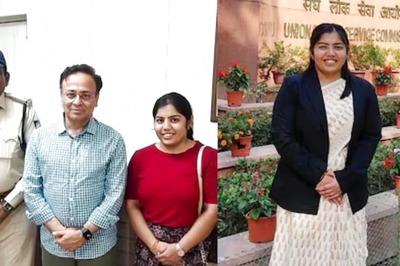
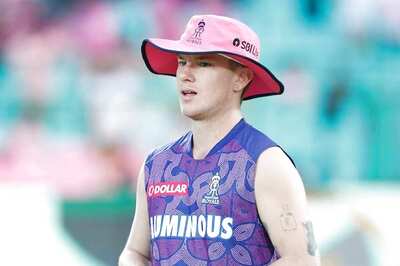



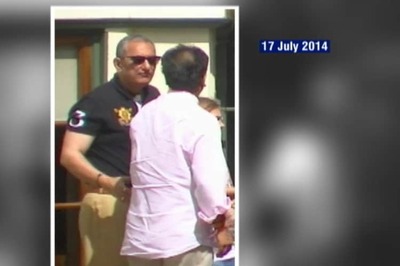

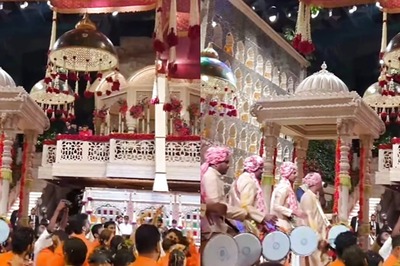
Comments
0 comment